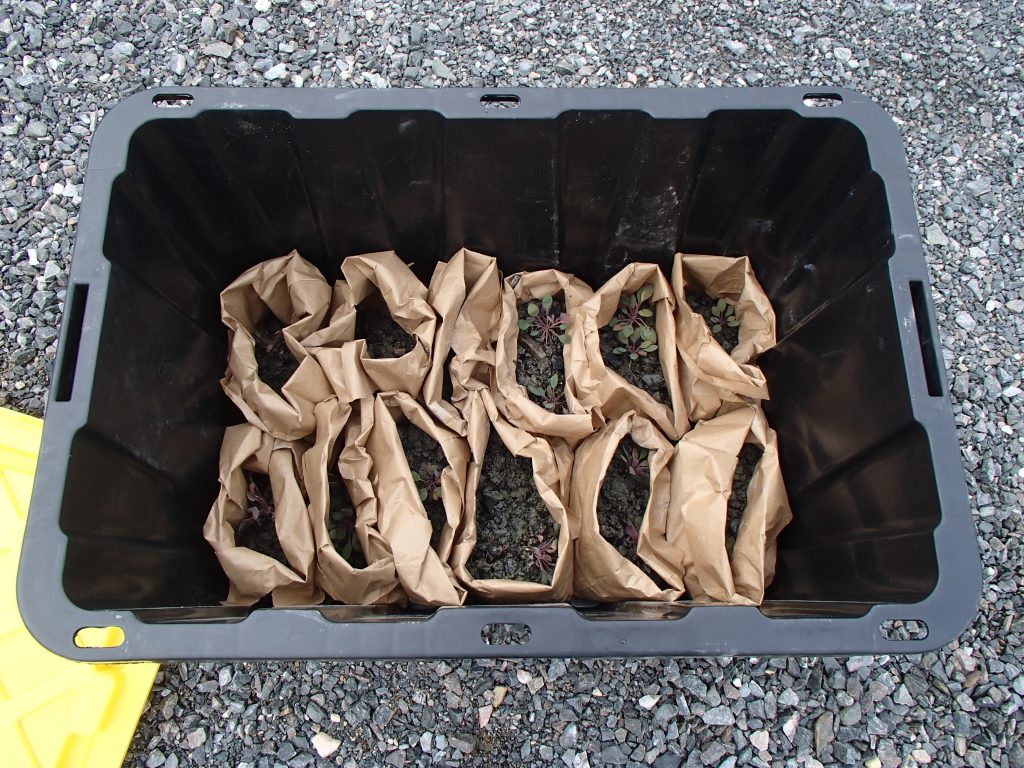Rare and Invasive Plants
ECOSTEM has a strong background in botany, and considerable knowledge of plant species growing throughout Manitoba and northwestern Ontario. This knowledge is key for identifying plant species of concern, including species that are regionally rare, regionally, federally, or globally imperiled, are of invasive concern, or are important to animal species or local Indigenous people.
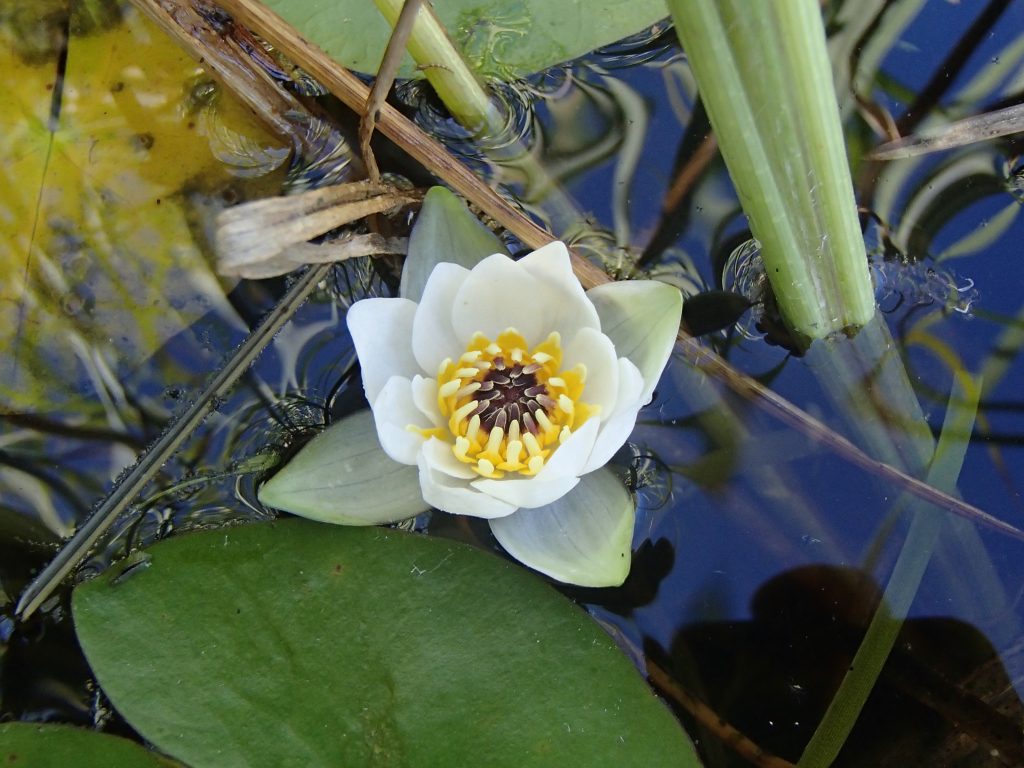
Most projects that we have worked on have included rare, non-native and/or cultural plant surveys, followed by reporting and management recommendations. Combined, ECOSTEM has conducted rare and invasive plant surveys along more than 2,000 km of transects, and mapped the distribution of invasive plants in numerous footprints.
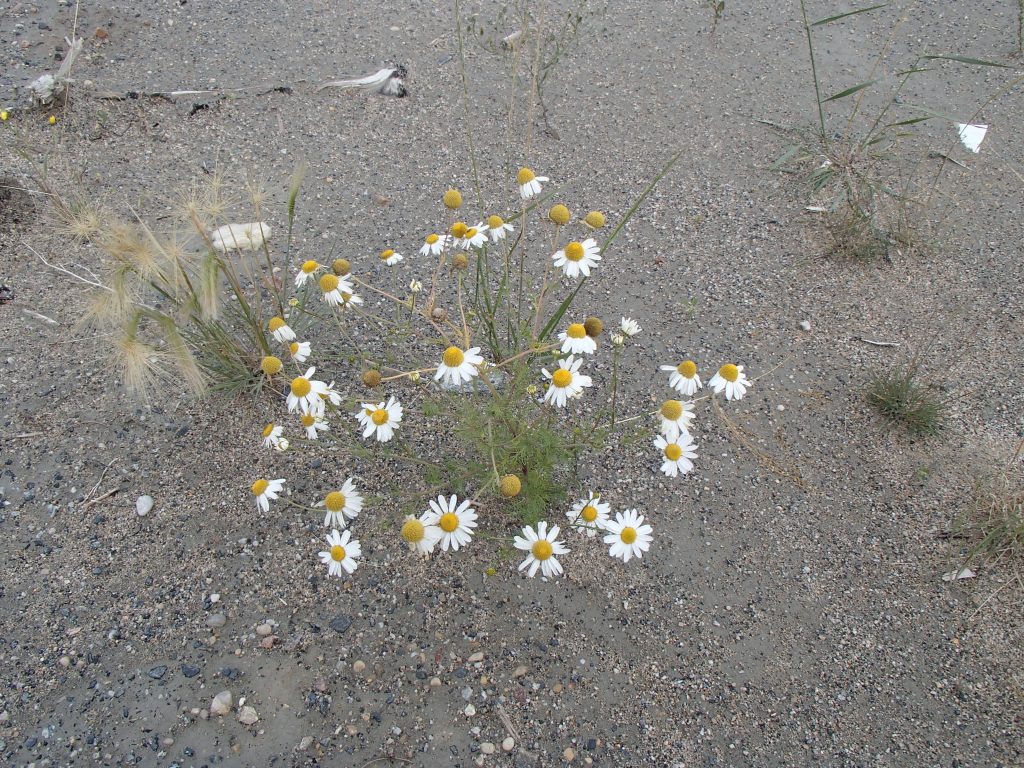
Examples of areas of expertise:
- Plant species identification.
- Lichen identification, including lab methods such as thin layer chromatography.
- Create plant distribution maps.
- Familiarity with provincially and federally listed species, such as species listed under the SARA, COSEWIC, Manitoba Conservation Data Centre, Invasive Species Council of Manitoba and other listing bodies.
- Identify habitat with the highest likelihood of supporting the target species.
- Pre-clearing rare plant surveys, and mitigation recommendations for observed species of concern.
- Provide mitigation options and recommendations.
- Invasive plant control strategies.
- Work with Indigenous groups to identify culturally important species.
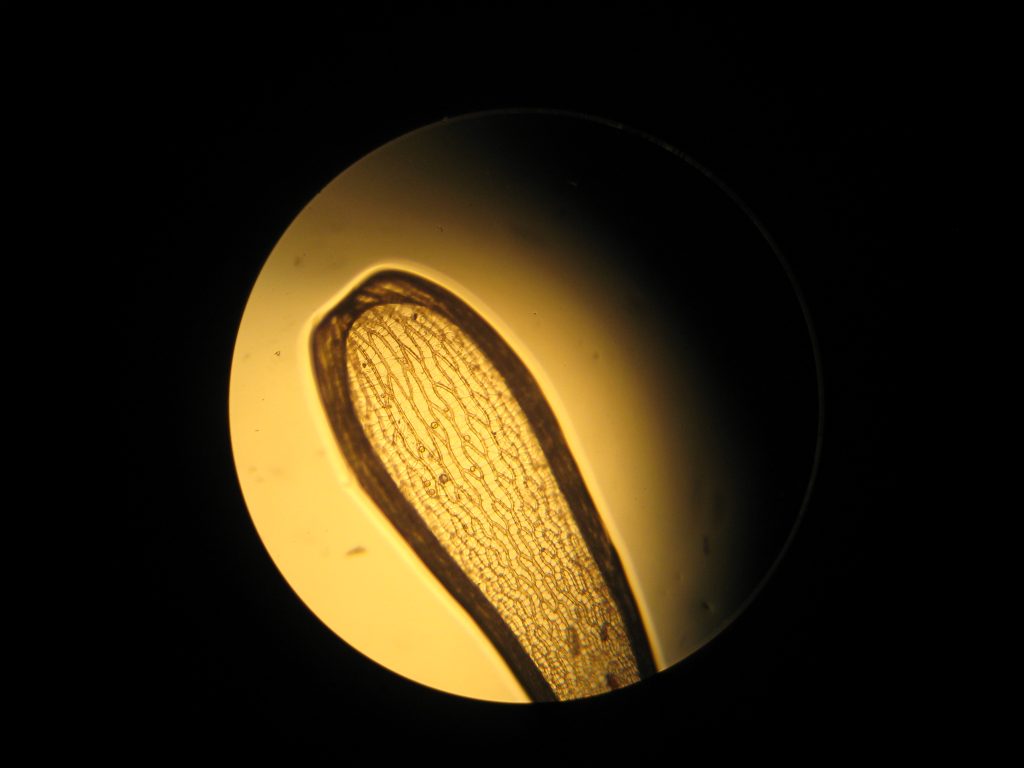

Example Projects
Slave Falls Road Project
This project converted a 12.6 km tramway to a road.
ECOSTEM’s roles were to identify rare plants of concern and their habitat as well as invasive plant cover along the proposed road route alternatives. Information collected by ECOSTEM informed the selection of a final route that avoided or minimized disturbance of rare plants and their habitat. Identification of invasive plants present in the area, and their distribution was used to develop an environmental protection plan to minimize spread of invasive plants as a result of the Project.

Plant surveys were conducted along more than 20 km of transects. The focus was on plants that are rare, non-native or very important for wildlife.
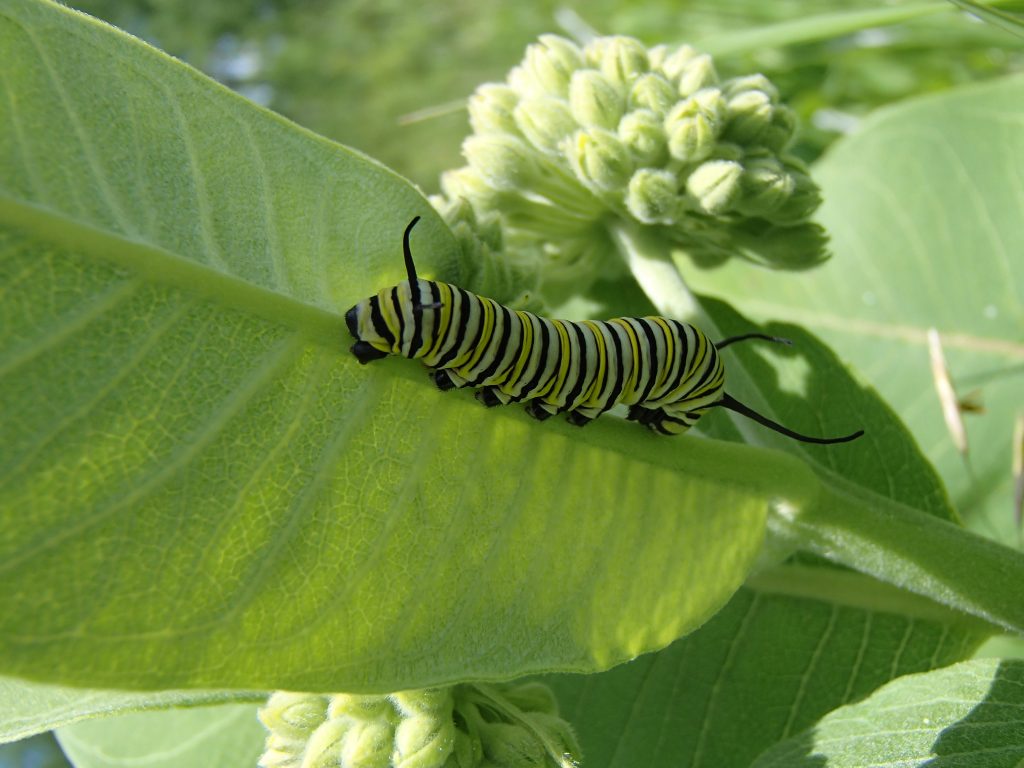
Keeyask Generation Project – Elegant Hawksbeard Transplanting
During construction monitoring for the Keeyask Generation project, ECOSTEM identified elegant hawksbeard (Crepis elegans), a critically imperilled plant in Manitoba, growing in the construction site.
It was recommended that the plants be transplanted to reduce the risk that the population would be destroyed.
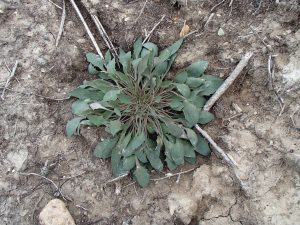
ECOSTEM successfully transplanted 95 individual plants into alternate locations that were a lower risk for disturbance. Most of the plants survived and went on to seed the following year.
